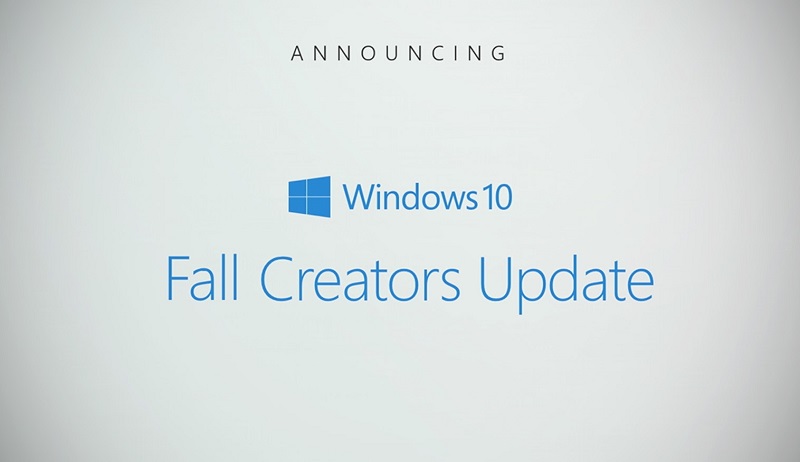Microsoft Streamlines Windows 10 Update Process
Samuel Wan / 7 years ago

With Windows 10, Microsoft changed Windows to a software as a service model. As the “last” Windows, Microsoft is trying to provide a long term operating system. The goal is to create unified operating system install base that is constantly updated. As a result of this service model change, Microsoft is pushing mandatory updates. Due to their mandatory nature, Microsoft is now trying to reduce the offline time for updates.
One of the pains of updating Windows 10 is the mandatory reboot. With Windows 7 and 8.1, it’s possible to avoid any reboots by opting out of updates until you are ready. You can also postpone the reboot until you want it to happen. For Windows 10, after postponing the reboot for a while, the system eventually forces a reboot. This can create downtime during valuable working hours. While there are workarounds, Microsoft isn’t sanctioning any of them.
Microsoft makes updates slower but more palatable
To help remedy the situation, Microsoft is trying to streamline the Windows 10 update process. There are two phases to a Windows 10 update, the online and offline phase. The online phase is when everything is downloaded and Windows gets ready. The online phases allows the users to keep working. The offline phases is where the bulk of the upgrade takes place. The system is unusable during this time. Microsoft is now moving two steps, user content backup and the Windows Image process, to the online phase.
By moving more work to the online phase and offline phase will be shorting and take less time. The downside is that the overall update process will take a bit longer. This is because the online phase upgrade process runs at a low priority. There’s no point to letting the user work during the online phase if their system is slowed down to a crawl. The new update process should arrive as part of the upcoming Fall Creators Update.



















